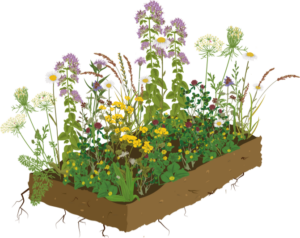Erfahren Sie alles über die Anlage von Feldrainen und Säumen
Sind Sie sicher ob der Standort geeignet ist?
Das Profitool erkennt Flächen und kann die optimale Nutzung bestimmen. PROFITOOL
Feldrandschild
Mit dem Feldrandschild teilen Sie der Umgebung mit, welche biodiversitätsfördernden Maßnahmen Sie umgesetzt haben.
Do you need support?
Then please contact us by phone 039209 / 202076 or by e-mail at info@stiftung-kulturlandschaft-sachsen-anhalt.de.
Requirements
Seed costs:
variable, approx. 2,000-3,000€/ha plus tillage
The costs for seeding mixtures can vary greatly depending on the species composition, whereby the species are selected according to the engineering-biological requirements and the nature conservation requirements.
Machinery requirements:
Cultivator, harrow, roller, tiller, seed drill, plough, mower, flail or chopper
Implementation period:
- Mid-August to the end of September - (alternatively early March to early April, but risk of severe developmental delay and poor establishment in spring and summer drought)
Implementation
step-by-step instruction
1. Site selection
Suitable locations are:
- in the open fields
- along agricultural roads
- between grassland and arable land
- in south to west-facing locations in front of woody structures (hedges, forest edges)
Minimum width:
- preferably 3 m, better 4 m, the wider, the more effective the measure
Anlagetermin
- Mitte August bis September
- alternativ Anfang März bis Anfang April, aber Gefahr starker Entwicklungsverzögerung und schlechter Etablierung bei Frühjahrs- und Sommertrockenheit
Seed selection
- Alternativen
- Übertragung von samen- und artenreichem Mahdgut, Wiesendrusch oder
- Übertragung von ausgebürstetem Material (e-beetle) bei Vorhandensein geeigneter Spenderflächen; mehr Informationen dazu unter dem Informationssystem Naturnahe Begrünungsmaßnahmen
Saxony-Anhalt is located in the areas of origin ‘4 - East German lowlands’ and ‘5 - Central German lowlands and hills’. The seed used should originate from these regions.
Seed ordering
- Place your order as soon as possible (long delivery times possible)
- Ansaatmenge 20 kg / ha
- Aufmischung mit Füllstoff (Sojaschrot oder gequetschter Mais) auf ca. 100 kg / ha (Gesamtaufwandmenge, kann fertig aufgemischt bei den Firmen bestellt werden), um Entmischung zu vermeiden, für eine gleichmäßige Ausbringung
- Saatgutkosten ca. 3.000 € / ha (netto)
Sources of supply for certified regional wild plant seeds in Germany:
VWW-Regiosaatgut über Verband deutscher Wildsamen- und Wildpflanzenproduzenten e.V.
RegioZert über Bundesverband Deutscher Pflanzenzüchter e. V.
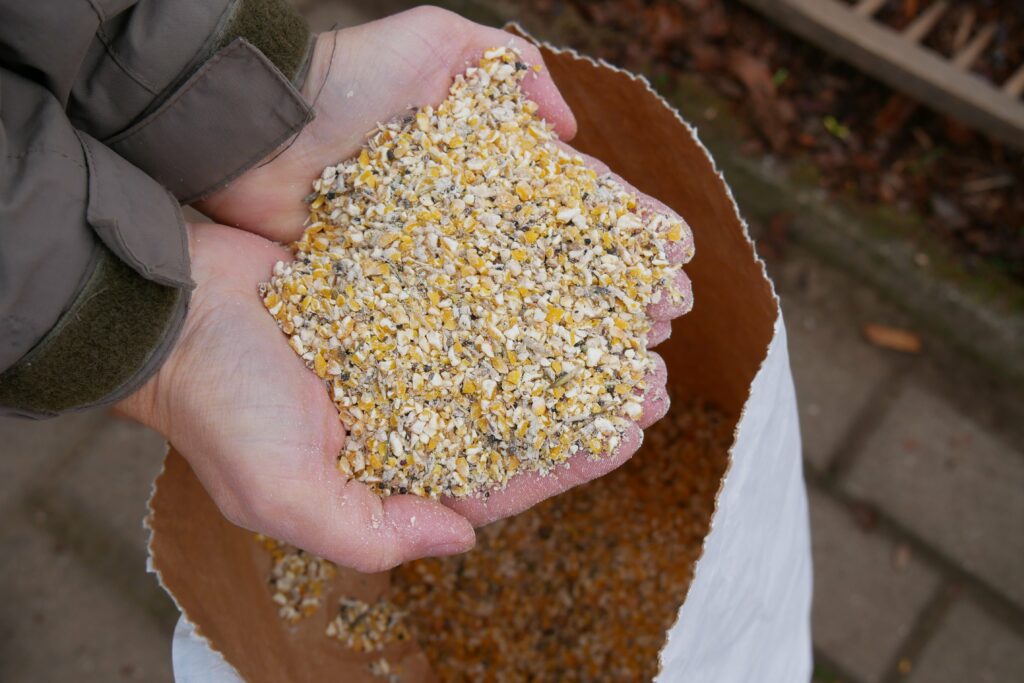
Seedbed preparation
Thorough tillage (stubble cultivation, tilling, cultivating) to produce a fine-crumb seedbed for fine seed sowing (such as arable forage sowing or grassland) must be carried out in preparation.
Sowing
Crucial for successful sowing:
- Sow seeds on the surface (light germinators)
- NICHT eindrillen sondern nur „aufrieseln“ , d. h. die hellen Stücke des Füllstoffes müssen oben aufliegend zu sehen sein
- Harrow + seed coulters up!
Das Saatgut darf NICHT in den Boden eingearbeitet werden, wie andere Kulturen. Eine sehr flache Ausbringung auf der Bodenoberfläche ist aufgrund der vielen Lichtkeimer nötig.
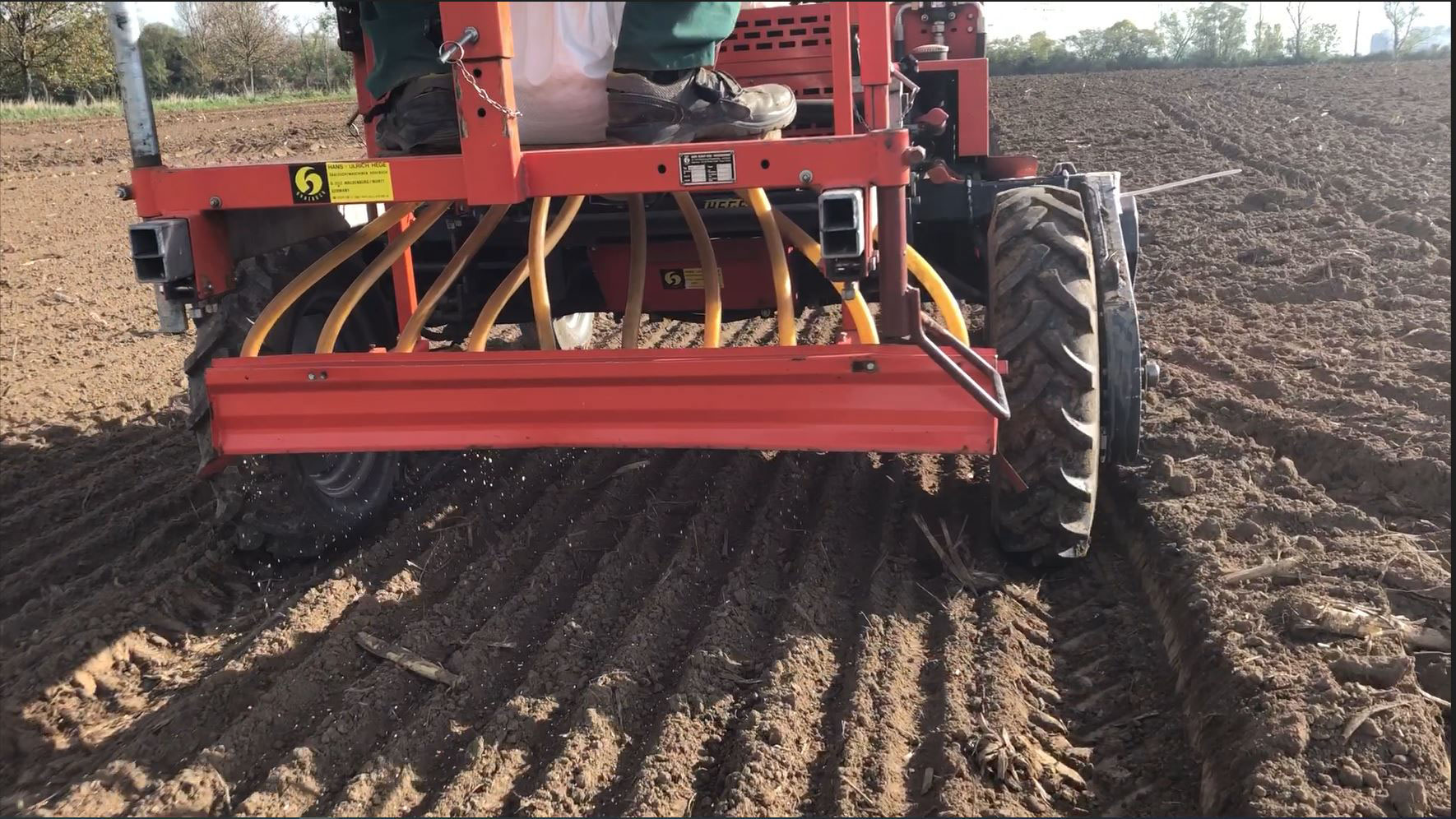
Rolling
Rolling after seeding is important for good contact of the seeds to the soil, which they need to germinate successfully.
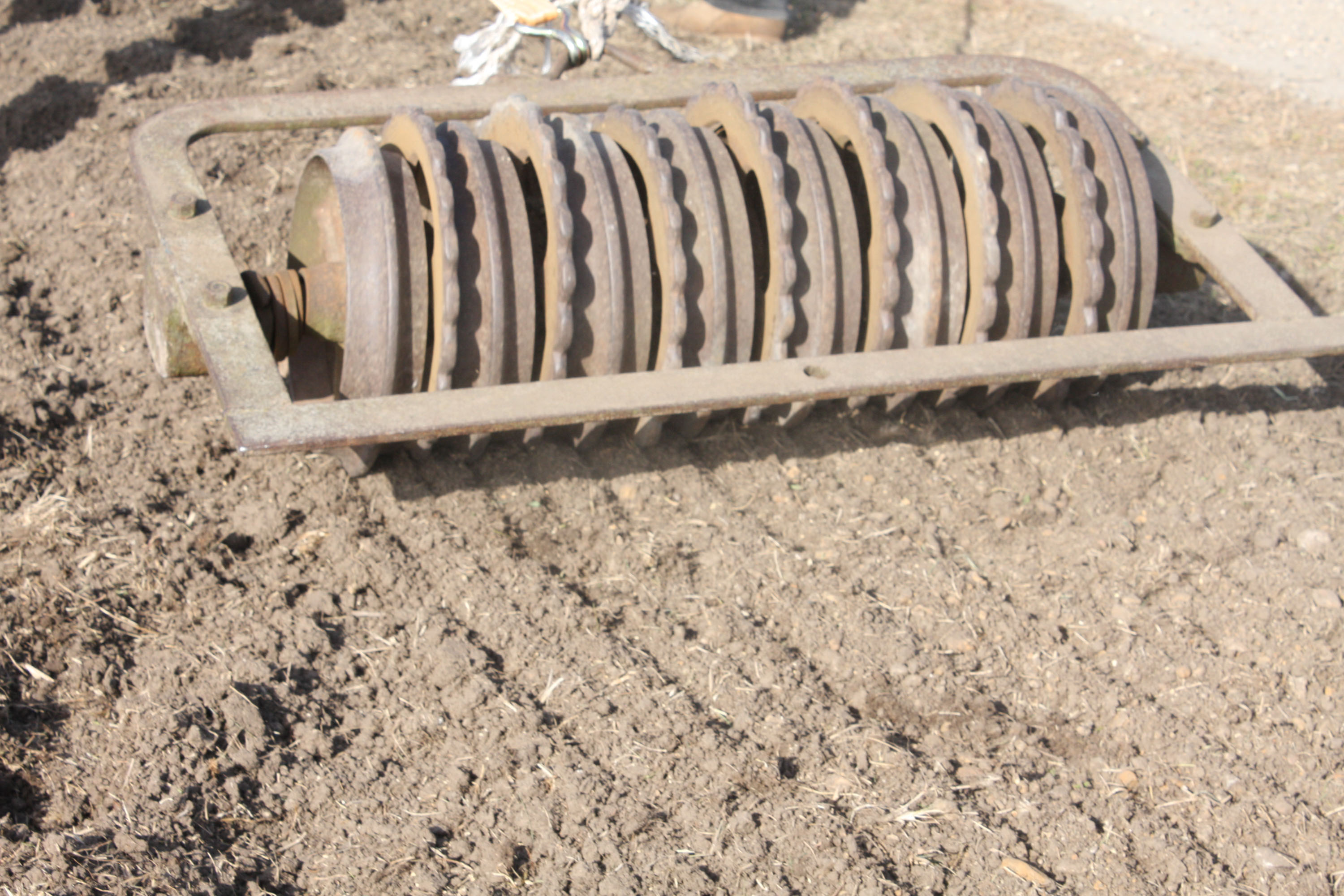
Patience! Patience! Patience!
- The germination of wild plants is inconsistent and sometimes very delayed.
- Viele Wildpflanzen wachsen in den ersten Monaten langsamer als Kulturarten und sehen anfänglich aus wie ungewünschtes Beikraut.
Geben Sie den Wildpflanzen Zeit zur Entwicklung und kommen am besten erst im Frühjahr wieder bzw. 3 – 4 Monate nach Aussaat! Bis dahin Geduld, Geduld, Geduld!
Hintergrundinformation
Wildpflanzenansaaten entwickeln sich anders als landwirtschaftliche Kulturen. Bei einigen Arten muss durch Kälte oder längere Feuchtigkeit der Keimschutz gebrochen werden. Es keimen nie alle Samen auf einmal, was der Risikostreuung dient und Totalausfälle, z. B. durch Trockenheit kurz nach der Keimung, verhindert. Viele Wildpflanzen wachsen in den ersten Monaten langsamer als Kulturarten. Bitte haben Sie deshalb nach der Aussaat etwas Geduld.

Care
step-by-step instruction
Development care in the 1st and 2nd year after sowing
The general rule is:
- as little as possible, but as much as necessary
- maintenance (2-3 cupping cuts depending on the location) is highly recommended
When?
- with heavy weed pressure (e.g. dense stands of tansy mustard, white goosefoot, barren broom)
- 2-3 cupping cuts in May/June and July/August depending on location, climate and weather conditions
- when the plants are about knee-high
- for autumn sowings, possibly still in the same year
How?
- Cutting height at least 10-15 cm (to protect the sown young plants)
- Additional targeted mowing of partial areas (e.g. thistle, burdock)
- In dry weather/low biomass, the mown material can remain on the area as protection against evaporation; otherwise remove the biomass
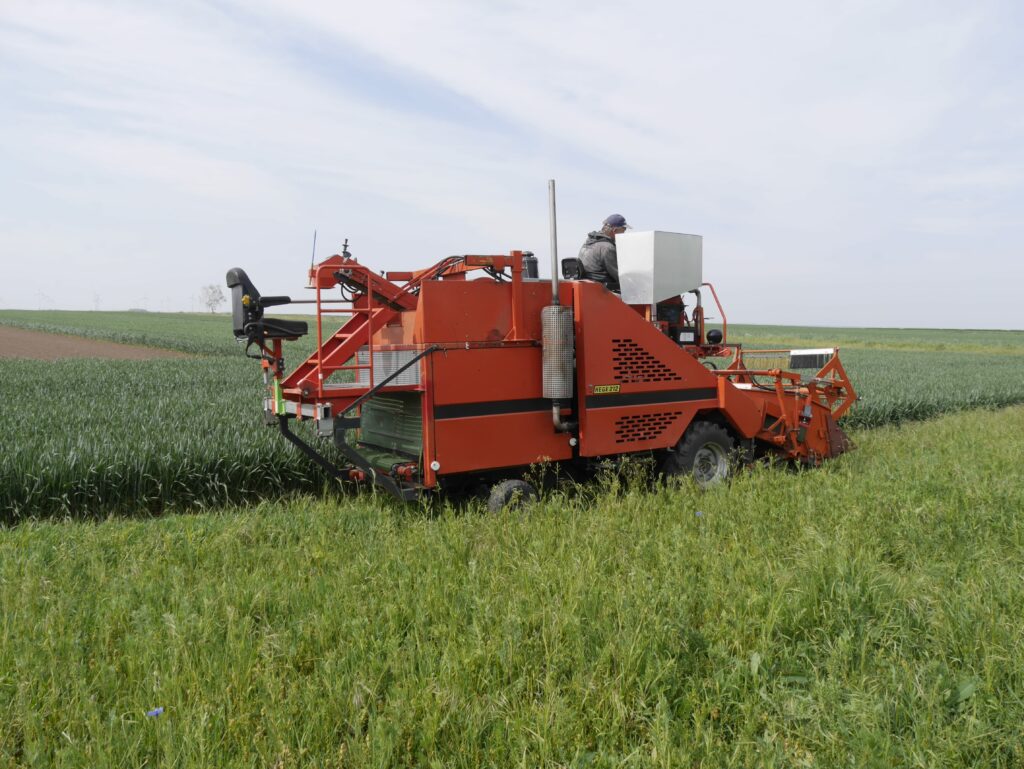
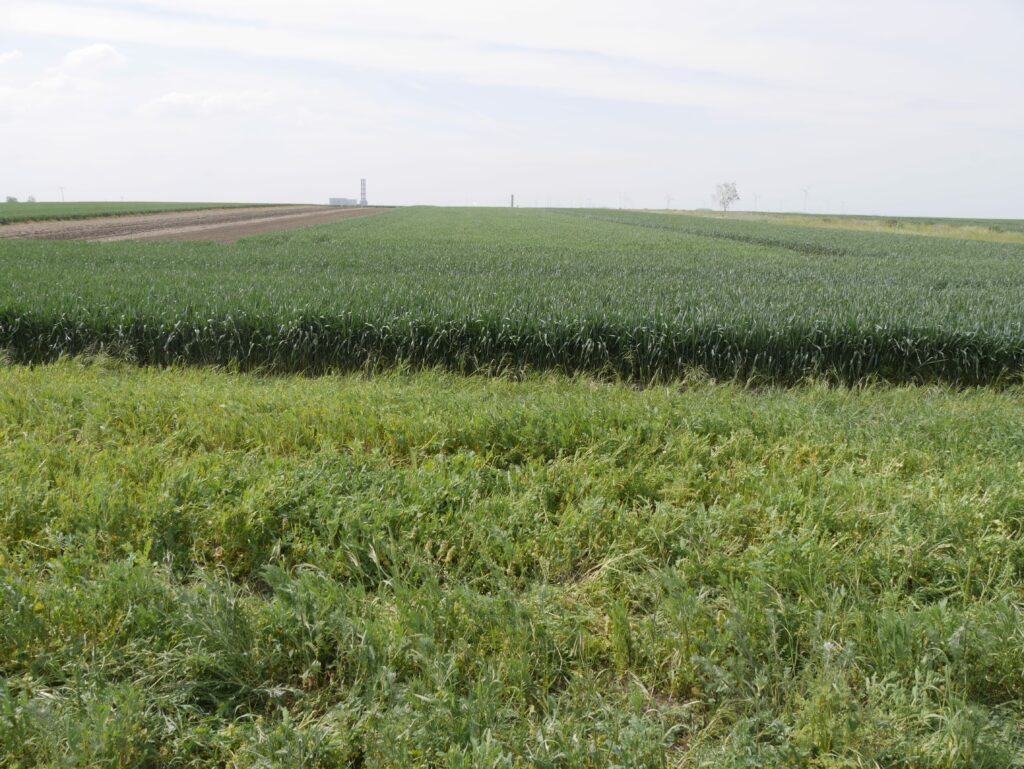

Brut- und Setzzeit
Während der Brut- und Setzzeit vom 01.04.-30.06. sollte nach Möglichkeit kein Pflegeschnitt erfolgen, außer z.B. das starke Aufkommen von Problemarten erfordert einen Schnitt.
Maintenance care from the 2nd year onwards
Abschnittsweise Mahd zum Erhalt von Rückzugsräumen
- optimal: hälftige Mahd mit 8-10 Wochen Abstand (z. B. erst die linke dann die rechte Wegseite)
- Nährstoffreiche, produktive Flächen mit Niederschlägen um 500 mm:
- eine Hälfte/Wegseite früh (zwischen Mitte Mai und Mitte Juni), die zweite Hälfte 8-10 Wochen später mähen
- Nährstoffärmere Flächen können noch im Hoch- oder Spätsommer gemäht werden
- Unter sehr nährstoffarmen Bedingungen kann ein jährlich wechselnder Teil der Fläche abhängig von der Biomasseentwicklung ungemäht bleiben
Wichtig: Schnittgut immer abräumen!
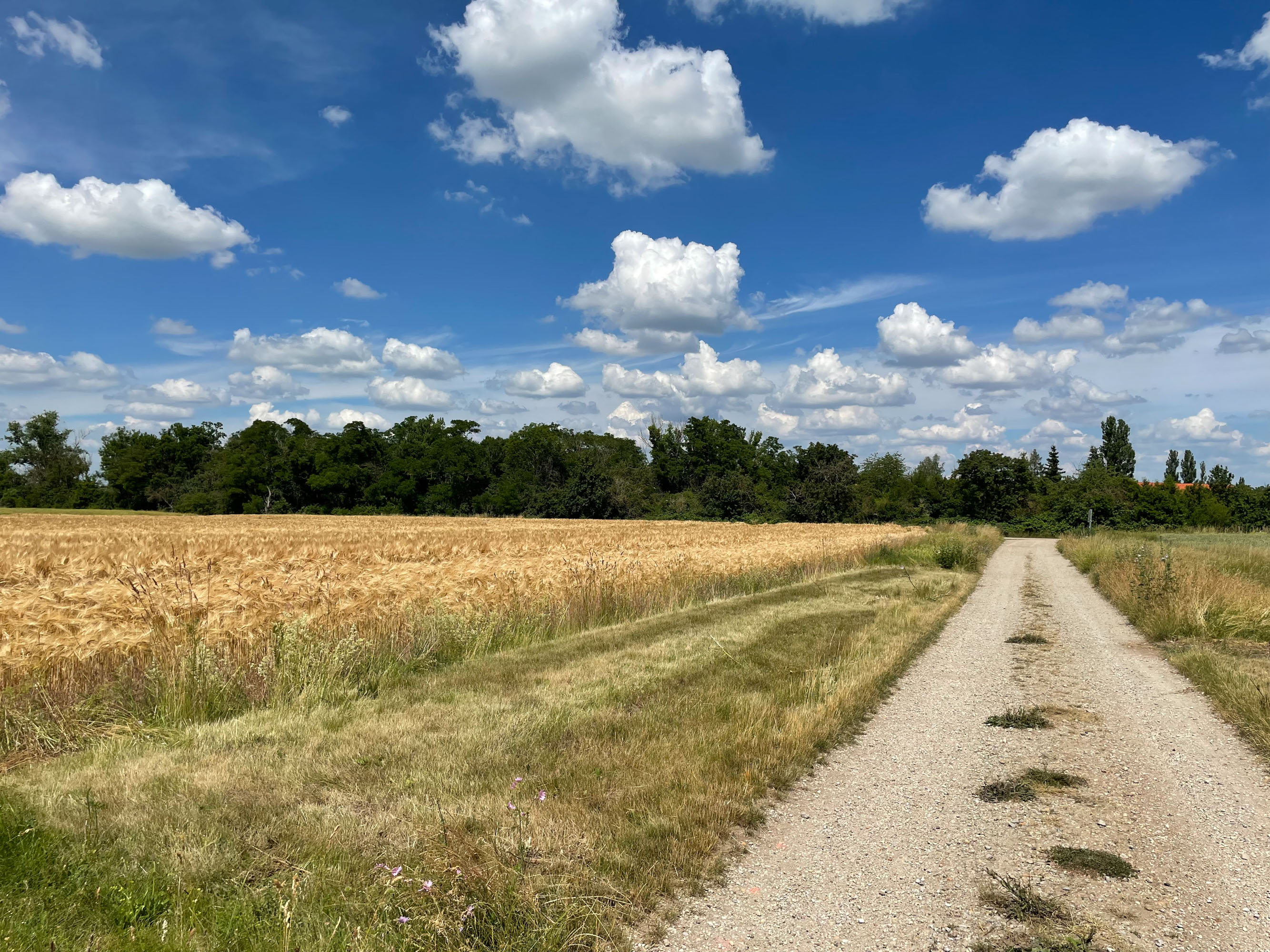
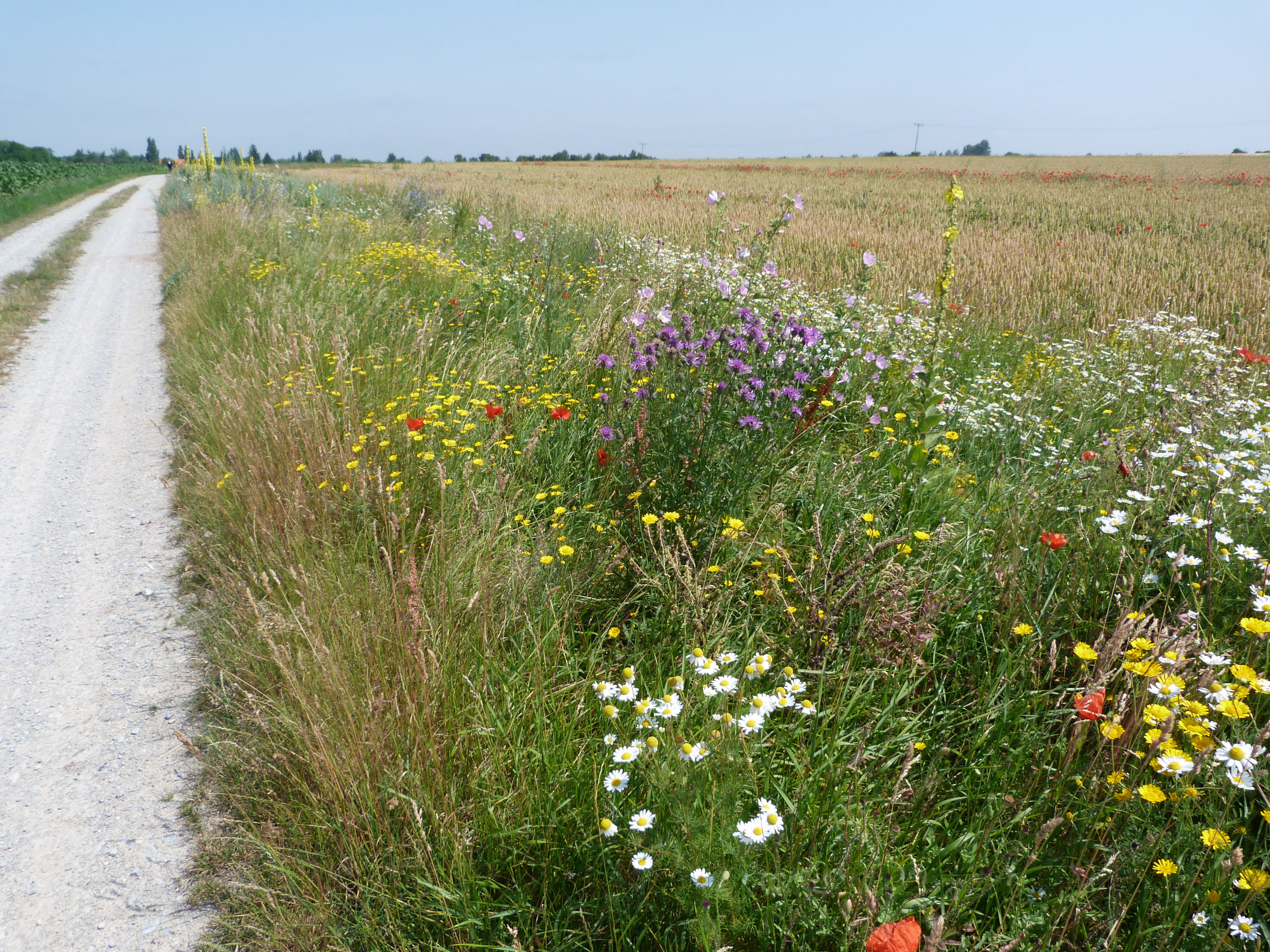
Ecological impact
Flower-rich field margins and fringes are typical elements of old Central European cultivated landscapes that serve as habitats and food sources for numerous plant and animal species. These linear, predominantly wood-free structures are usually located between or alongside agricultural land and are important connecting elements between different habitats and contribute to erosion control.
Due to the current lack of or unsuitable management (generally too deep, frequent and late mulching), there are often only species-poor fragments left, especially in intensively utilised agricultural regions, which are dominated by highly competitive grasses. In addition to widening existing edges and field margins, the aim is also to increase the proportion of herbs (valuable margin species) and reduce the proportion of grasses in the overall cover, thereby increasing the supply of feeding, breeding, migration and retreat areas for wild animals and enhancing the landscape. When upgrading and creating new species-rich field margins, it is particularly important to use regionally produced and certified wild plant seeds or to utilise existing donor areas, as this gives species that were previously common in the region the opportunity to re-establish themselves in the landscape. Sufficiently wide field margins (at least 10 metres wide) can be used by local shepherds as grazing/driveways.
Praxisleitfaden zur Etablierung und Aufwertung von Säumen und Feldrainen (Kirmer et al. 2019)
Maßnahmenblatt Säume und Feldraine (offenlandinfo.de)
Leitfaden zur Beurteilung von Feld-, Wiesen- und Wegrainen. Pflegeempfehlungen – Zielarten – Problemarten (Stiftung Naturschutz Thüringen 2024)
Vortrag zur Anlage und Pflege von artenreichen Feldrainen und Erosionsschutzstreifen (Grewe 2021)
Informationen zu weiteren Begrünungsmethoden wie Mahdgutübertragung sind im Informationssystem Naturnahe Begrünungsmaßnahmen zu finden
Video: Wiederherstellung und Pflege artenreicher Feldraine (Hochschule Anhalt 2021)
